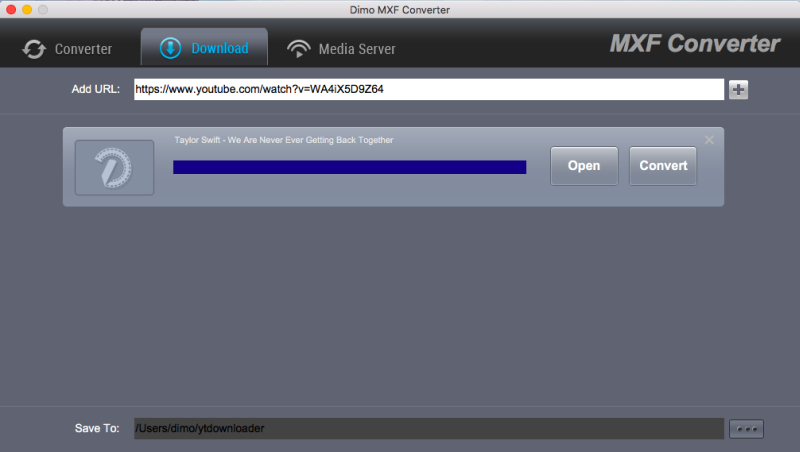

This is useful if you want to crop out the letterbox area (the black bars above and below a widescreen image) of a source media file. The Letterbox Area of Source menu item detects image edges and automatically enters crop values to match them. The custom option allows you to enter your own image dimensions in the fields other options use predetermined sizes. For more information about these properties, see Intro to modifying frame size in Compressor.Ĭropping: Use this pop-up menu to set the dimension of the output image. Padding scales the image to a smaller size while retaining the output image’s frame size. Cropping removes video content from an image. Select this checkbox to force the timecode to stay in sync with real-time duration during playback.Ĭustomize the final cropping, sizing, and aspect ratio using the Cropping & Padding properties in Compressor. Other options set the timecode start to 1 hour or 10 hours.ĭrop frame: Available when “Frame rate” is set to 29.97 fps or 59.94 fps and “Start timecode” is set to 00:00:00:00, 01:00:00:00 or 10:00:00:00. The Automatic option uses the default timecode of the source file (typically, 00:00:00:00).

Start timecode: Use this pop-up menu to set a forced timecode start point for the output file. This setting is also enabled if “Camera log” in video properties in the Job inspector is set to a value other than None.Ĭodec: Use this pop-up menu to choose a transcoding method. This setting is enabled if the source is ProRes RAW and if “RAW to log” is set to a value other than None. Select a custom LUT to transform your video from one color space to another. This option is available only if the source is ProRes RAW.Ĭamera LUT: Use this pop-up menu to select the camera lookup table (LUT) applied to the source.
#MXF PLAYER MAC MANUAL#
You can also choose a manual setting to override the default. Choose Automatic to allow Compressor to choose the conversion method. RAW to log: Use this pop-up menu to select how ProRes RAW conversion is done.

See Intro to wide color gamut and HDR in Compressor.) (Depending on the compression method you choose, you may be able to transcode the video to wide color gamut. To have Compressor choose the best color space based on the applied setting, Choose Automatic. See Retiming options in Compressor.įield order: Displays how frames are scanned (progressive, top first, or bottom first), based on the resolution option chosen in the Format pop-up menu (described below).Ĭolor space: Use this pop-up menu to convert the source media to a new color space. Pixel aspect ratio: Displays the ratio between the encoded width and the display width.įrame rate: Use this pop-up menu to set the playback rate (the number of images displayed per second) for the output file. (Available options vary, depending on other settings in the Video Properties area.) See Intro to modifying frame size in Compressor. For example, if you add a 10-second source file with a frame rate of 24 fps to Compressor, set the “Frame rate” property in the Video inspector to 25 fps, and then select “So source frames play at 25 fps” in the General inspector, the resulting duration of the transcoded clip (at 25 fps) will be 9 seconds and 15 frames.įor more information, see Retime video and audio using Compressor.įrame size: Use the pop-up menu to set an automatically calculated frame size ( resolution) for the output file. This property has no effect unless the “Frame rate” value in the Video inspector is different from the source file’s frame rate. So source frames play at fps: Nondestructively changes the playback speed of the clip without discarding frames or creating new frames. Enter a timecode duration in the field or click the arrows to increase or decrease the time. Enter a value in the percentage field or choose a preset value from the adjacent pop-up menu (with a down arrow).

Set to percent of source using: Modifies the output clip’s speed by a percentage of the source clip’s speed. Sets the processing algorithm used to adjust the frame rate during transcoding.
#MXF PLAYER MAC PRO#


 0 kommentar(er)
0 kommentar(er)
